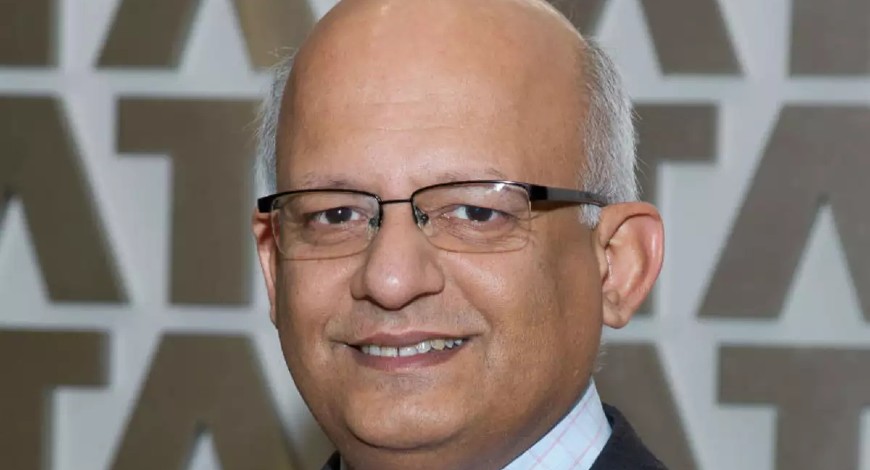5G
Telecom carriers may enhance coverage once 5Gi, 5G standards merge

Telecom service provides can take benefits of enhanced coverage through low mobility large cell (LMLC) technology-driven 5Gi, a locally-developed standard subset, following the approval from the 3GPP, and gear makers worldwide would conform to such requirements, a top executive of national standards body said.
“The equipment that we get into our country, whether it is developed in India or overseas and imported, they will conform to these (5Gi) requirements which means telecom operators will be able to implement the LMLC capability and thereby provide extended coverage,” NG Subramaniam, chief operating officer of Tata Consultancy Services (TCS), and Chairman, Telecommunications Standards Development Society, India (TSDSI).
Subramaniam further said that the local technology that has a capability to achieve better rural coverage, has been recognised as a meaningful requirement, following deliberations with partner bodies and stakeholders and it would be incorporated into the 3GPP 5G standards.
The 3GPP or the third-generation partnership project, is a global initiative that provides standards and specifications for telecom technologies.
The move would enable creation of a single radio access solution for next generation network deployments in India and worldwide.
Last month, the decision to merge 5Gi into overall 5G standard has been taken in the 3GPP’s plenary discussions.
The 5G Radio Interface Technology (RIT) called 5Gi is an initiative of the Telecommunications Standards Development Society, India together with academia, whose merger plan with the global 5G standards, has now been submitted to the International Telecommunication Union (ITU) and India’s engineering centre.
“Now the process of taking it (5Gi) over and then putting it in the regular 5G is taking shape,” the top executive said, adding that the minute it’s available as the regular 3GPP standard, the global body would keep updating it at regular intervals.
Following the ambitious integration, the chip makers, telecom gear manufacturers and handset producers, and other infrastructure providers would need to conform to new standards which the national standards body sees as a win-win situation in the wake of equipment vendors and telecom carriers pushback to local standards.
Earlier, the telco lobby group led by the Cellular Operators Association of India (COAI) that represents Jio, Airtel and Vi, opposed the national standards arguing that the 5Gi ecosystem is yet to be developed, validated and tested, and would result in technology fragmentation.
The TSDSI executive said that rural connectivity is not only critical to India, but also sought in regions such as for Africa, and the United States, and the 5Gi technology, developed and piloted by IIT-Madras together with other academic institutions, called LMLC, could actually become an effective solution.
Delhi-based standards body feels that a larger ecosystem would be required for 5Gi’s incorporation into the global next-generation standard, and said that they are working closely with the international alliance, to ensue that 5G would work in tandem with 5G along its existing features. Fast Times















You must be logged in to post a comment Login